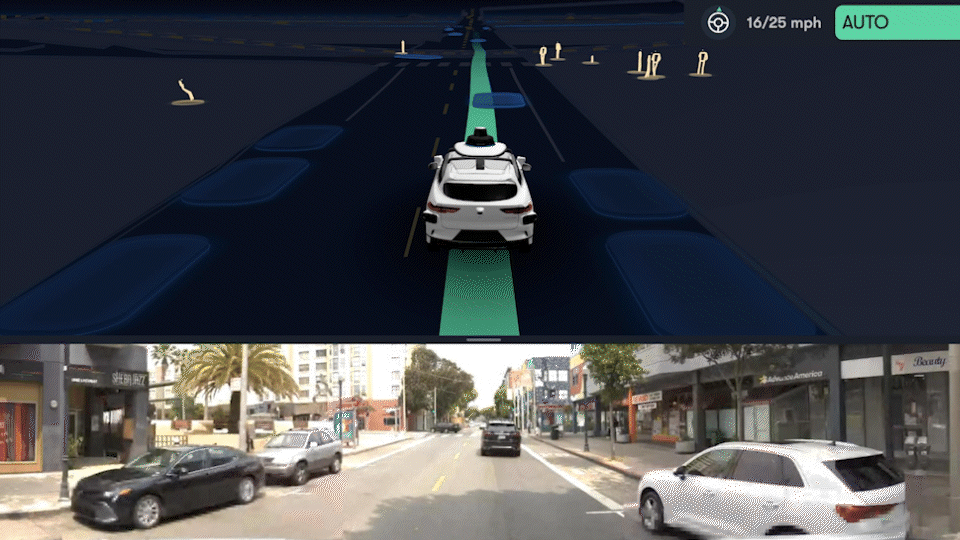diplomat33
Average guy who loves autonomous vehicles
2. understand = reactive at best, not anticipate
I don't know if I agree. Understanding is the first step. Once you have a better understanding of how things work then you can better anticipate. If you read the next part of the tweet, it says to help the Waymo Driver better predict the actions of others. IMO, anticipation is part of prediction.
Specifically, Waymo wants to better understand how NY traffic "works", ie how do cars, pedestrians, cyclists etc interact with each other and with the road. Then, they can use that data to train their prediction NN. The whole point is for the Waymo Driver to be a better driver because it does a better job of predicting the actions of others, especially in a dense urban setting when there are a lot of road users. If the Waymo Driver is better at prediction, it could anticipate that a pedestrian will jay walk, that a cyclist will dash between two cars, or that a car will cut across multiple lanes to get into a parking spot etc...




